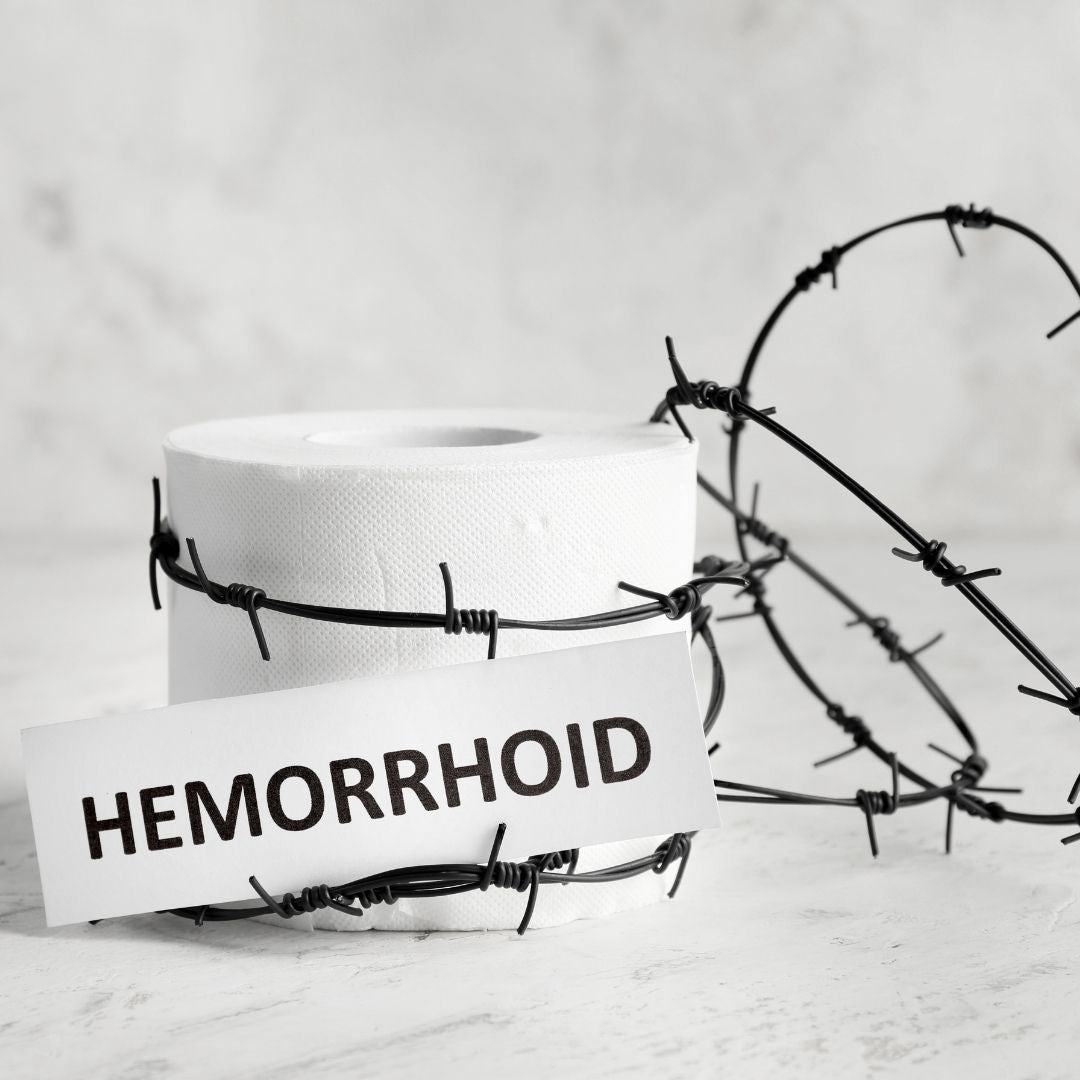Hemorrhoids are swollen veins in your rectum or anus. The type of hemorrhoids you have depends where they are located. Internal hemorrhoids are found inside your rectum, they are usually painless, and they may bleed. There are times that internal hemorrhoids may stretch down until they bulge outside your anus. These are called (prolapsed hemorrhoid).
They will return to the inside of the rectum on their own, or they may be pushed gently back inside. External hemorrhoids are found on the outside of the anus they are generally painful, itch, and will at times bleed. Your healthcare provider will have literature that will provide both external and internal hemorrhoids information. Hemorrhoids may be the result of straining to move bowels. Other contributing factors include pregnancy, aging, chronic constipation, or diarrhea, and anal intercourse.
How Are Hemorrhoids Diagnosed?
Many anorectal problems, including fissures, fistulae, abscesses, or irritation and itching (pruritus ani), have similar symptoms and are incorrectly referred to as hemorrhoids. Hemorrhoids information is available online, at the library, and in the office of any health care provider.
Hemorrhoids are usually not dangerous life threatening. In most cases hemorrhoid systems go away within a few days. Hemorrhoids information is easily obtained and will help to ease your mind.
Although many people have hemorrhoids not all have symptoms. With internal hemorrhoids the most common symptom is bright red blood covering the stool, toilet paper, or the toilet-bowl. Internal hemorrhoids may protrude through the anus to the outside of the body. When this takes place call a health care provider for an appointment. They will provide hemorrhoids information, and treatment to control the bleeding. A thorough evaluation by a health care provider is important at any time there is bleeding from the rectum or blood in the stool occurs. Bleeding could also be a symptom of a digestive disease including colorectal cancer.
The health care provider will examine the anus and the rectum to look for swollen blood vessels that indicate hemorrhoids. They will also perform a digital exam with a lubricated glove to feel for abnormalities. This can all be explained through studies on hemorrhoids information you will find online, or in a health care provider’s office.
There may be a need for a closer evaluation of the rectum to diagnose hemorrhoids. This exam requires an anoscope, a hollow lighted tube used for viewing internal hemorrhoids. A proctoscope, is useful for examining the entire rectum. Before having these exams, you can alleviate any fears by educating yourself with hemorrhoids information.
To rule out causes of gastrointestinal bleeding, the health care provider may examine the rectum and lower colon (sigmoid) with sigmoidoscopy or the entire colon with colonoscopy. These are both diagnostic procedures. This process uses a lighted flexible tube that will be inserted through the rectum. The health care provider will provide literature on the procedures. Ask for all the hemorrhoids information they may have available. It will help you to understand what is taking place in your body and alleviate any fears.




